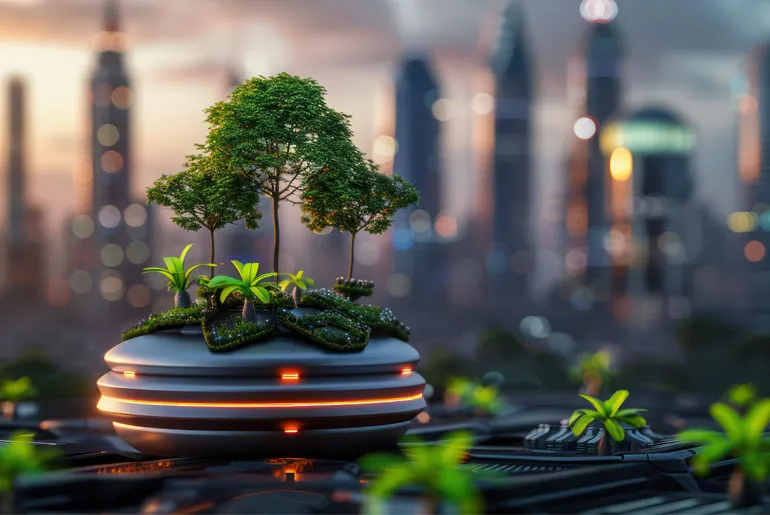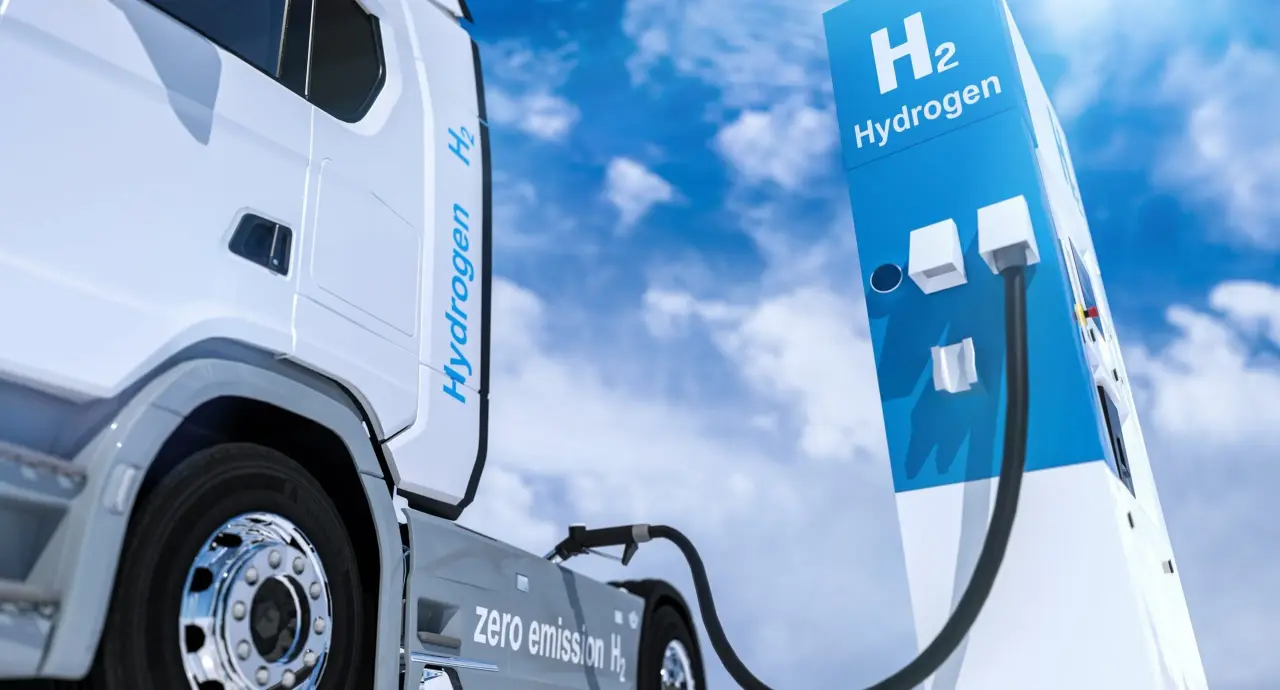
Top Green Technology Innovations for Sustainability
In a world progressively affected by climate alter, contamination, and decreasing common assets, green innovation stands as a guide of trust. These developments not as it were minimize natural affect but too guarantee a more feasible future over industries—from vitality and development to horticulture and transportation. In this web journal, we’ll investigate a few of the most transformative green innovation developments reshaping our planet for the better.
Read Also: Innovative Sustainability Ideas That Could Be Implemented At Events
1. Sun oriented Control Advancements

Solar vitality has long been hailed as a pioneer in green tech. What’s modern is how quickly it’s advancing. Breakthroughs in photovoltaic (PV) cells have radically expanded productivity whereas diminishing costs. Conventional silicon-based boards are presently being replaced—or enhanced—by perovskite sun oriented cells, which are cheaper, more adaptable, and simpler to produce.
Moreover, sun based skins—customizable boards that mix with roof shingles—and coasting sun oriented ranches are maximizing vitality capture without compromising important arrive space. Nations like China and India are driving the charge with gigantic sun powered ventures that control millions of homes.
2. Wind Turbine Innovations
Wind vitality is no longer restricted to open fields or mountain edges. Today’s wind tech incorporates vertical pivot wind turbines appropriate for urban situations and coasting wind ranches conveyed offshore.
One eminent headway is bladeless wind turbines, which utilize vibration to create power and posture less threat to feathered creatures and support specialists. These calm and space-efficient plans make wind control more open and less meddlesome, especially in private or mixed-use zones.
3. Green Hydrogen
Hydrogen is a clean-burning fuel, but conventional generation is energy-intensive. That’s where green hydrogen comes in. Made utilizing renewable power and water through electrolysis, green hydrogen emanates no CO amid production.
It holds guarantee for segments that are difficult to decarbonize, like overwhelming industry and long-haul transportation. Companies like Siemens Vitality and Plug Control are building versatile green hydrogen offices, and governments over Europe and Asia are intensely contributing in its future.
4. Carbon Capture and Capacity (CCS)
Even as we move to renewables, carbon emanations from existing foundation stay a concern. Enter carbon capture and storage—a innovation that captures CO emanations at their source and stores them underground.
Startups like Climeworks and Carbon Clean are creating coordinate discuss capture (DAC) advances, which drag CO specifically from the air. These advancements are vital for coming to net-zero outflow targets and are being coordinates into large-scale mechanical forms, such as cement and steel manufacturing.
5. Maintainable Building Materials
The development industry is a major donor to worldwide emanations, but developments in economical building materials are switching that slant. Hempcrete, for illustration, is a bio-composite made from hemp hurds and lime. It’s carbon-negative, tough, and gives fabulous insulation.
Cross-laminated timber (CLT), a wood-based fabric, is another eco-friendly elective to concrete and steel. It sequesters carbon and empowers speedier development. In the interim, 3D-printed homes utilizing reused plastics or clay are cutting squander and costs.
Smart glass windows that alter their tint based on daylight presentation are moreover picking up footing. These diminish dependence on HVAC frameworks and progress vitality productivity in buildings.
You May Also Like: Sustainable Energy And Fuels Impact Factor: A Comprehensive Guide 2025
6. Electric and Hydrogen Vehicles

The move from inner combustion motors to electric vehicles (EVs) is well underway. Tesla, BYD, and bequest automakers like Passage and Volkswagen are contributing intensely in EVs. But the genuine development lies in solid-state batteries, which guarantee longer ranges, quicker charging, and made strides security compared to lithium-ion batteries.
On the other hand, hydrogen fuel cell vehicles are developing as practical choices for heavy-duty applications like trucks, buses, and trains. Toyota and Hyundai have as of now propelled hydrogen models, whereas companies like Nikola and Ballard Control Frameworks center on commercial fleets.
7. Keen Frameworks and Vitality Storage
A renewable-powered world needs more brilliant ways to oversee power. Shrewd lattices utilize AI and IoT to adjust supply and request in genuine time, making a difference to diminish vitality squander and avoid blackouts.
Equally imperative is grid-scale vitality capacity, which addresses the discontinuous nature of wind and sun based. Stream batteries, gravity-based capacity, and compressed discuss vitality capacity (CAES) are among the promising innovations empowering 24/7 renewable power.
Companies like Tesla (with its Megapack) and Vitality Vault (gravity capacity) are sending these frameworks over continents.
8. Vertical and Urban Farming
With arable arrive contracting and urban populaces developing, vertical cultivating is revolutionizing horticulture. These stacked frameworks utilize Driven lights and hydroponics or aeroponics to develop crops in controlled environments—without soil, pesticides, or intemperate water.
Innovators like AeroFarms and Bounty are building large-scale vertical ranches in cities, definitely diminishing nourishment miles and guaranteeing year-round supply. A few high rises are presently being outlined with built-in ranches, making urban horticulture a key component of future city planning.
9. Plastic Options and Biodegradable Materials
Plastic contamination is one of the most pressing natural issues nowadays. Unused green tech is creating biodegradable plastics from sources like green growth, cornstarch, and indeed shrimp shells.
Startups such as Loliware (eatable ocean growth glasses) and Evoware (biodegradable nourishment wraps) are making feasible options to single-use plastics. In the mean time, analysts are working on enzyme-based reusing, where built chemicals break down PET plastic back into its unique components for reuse.
10. Desalination and Water Purification
Access to clean water is a developing concern, particularly in parched locales. Conventional desalination is energy-intensive, but unused strategies like solar-powered desalination and graphene-based channels are making the prepare more maintainable and efficient.
Systems like Slingshot (by innovator Dignitary Kamen) and LifeStraw are giving low-cost, versatile arrangements to communities missing get to to clean water. These developments are fundamental for climate versatility and helpful aid.
11. Green Information Centers

The tech industry is a enormous customer of vitality, especially information centers. To combat this, companies like Google and Microsoft are contributing in green information centers fueled by 100% renewable energy.
These centers utilize fluid cooling, AI-based proficiency optimization, and are frequently found close hydroelectric plants or cold climates to minimize cooling needs. A few offices are indeed testing with submerged information centers to use normal cooling.
Read Also: Wind Energy Solutions: What You Need To Know
12. Circular Economy Technologies
The concept of a circular economy—where squander is minimized, and items are reused or recycled—is being realized through green tech. Blockchain and AI are making a difference track materials through their lifecycle, making reusing and item take-back more efficient.
Examples incorporate clothing reusing machines, like those from H&M, which turn ancient pieces of clothing into modern texture, and measured gadgets that are simple to update and repair. The move from straight to circular is getting to be basic to feasible commerce models.
Conclusion: Green Tech Is the Future
The way to a more maintainable world is cleared with development. From clean vitality and water arrangements to squander diminishment and feasible transport, green advances are changing how we live, construct, and consume.
What sets this period separated is not fair the pace of innovative headway, but the developing worldwide commitment to embracing these arrangements. As governments set net-zero targets and buyers request greener alternatives, the force behind green innovation is unstoppable.
Investing in and supporting these innovations—whether as people, businesses, or nations—is no longer discretionary. It’s a obligation and an opportunity to make a more strong, impartial, and flourishing planet for eras to come.


